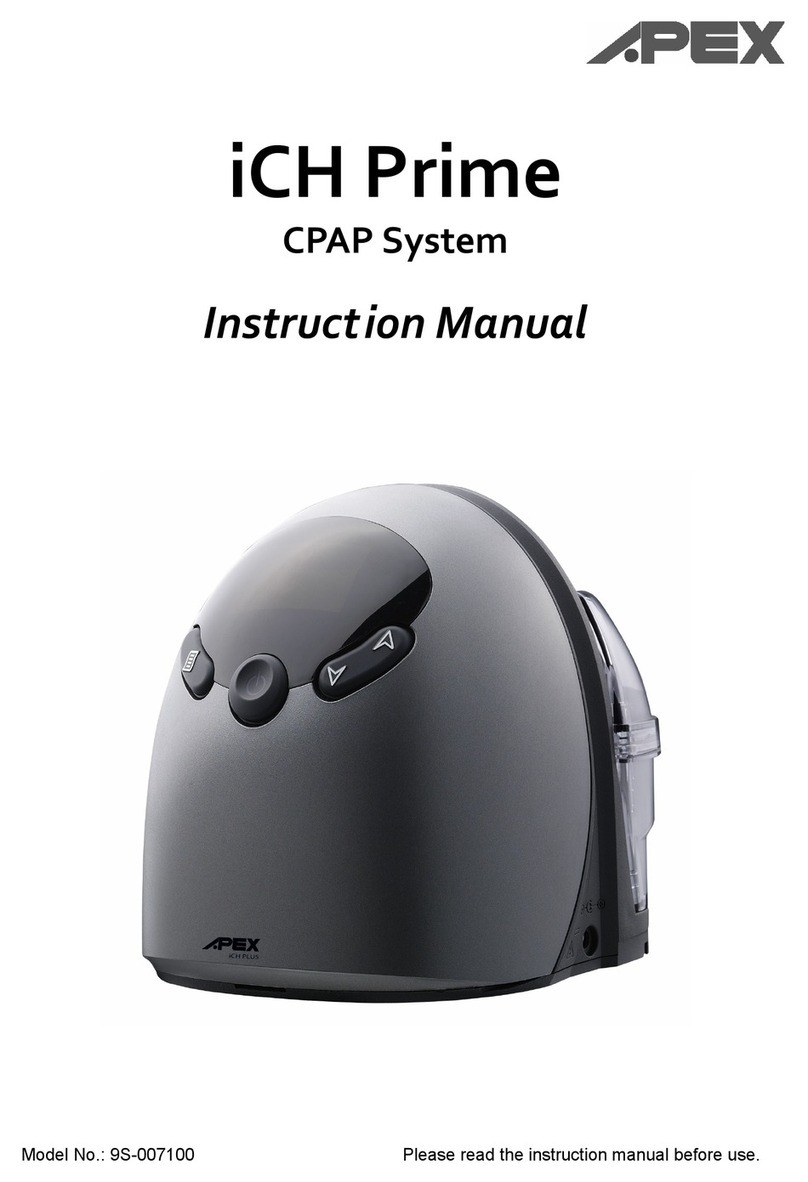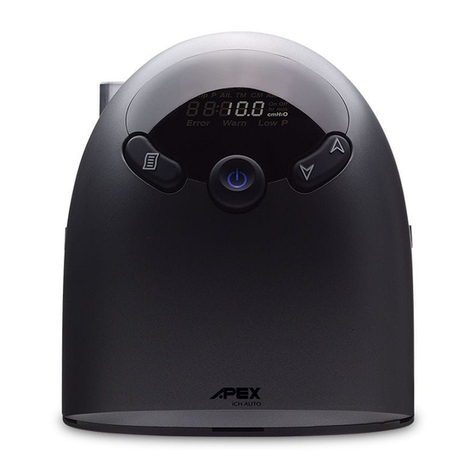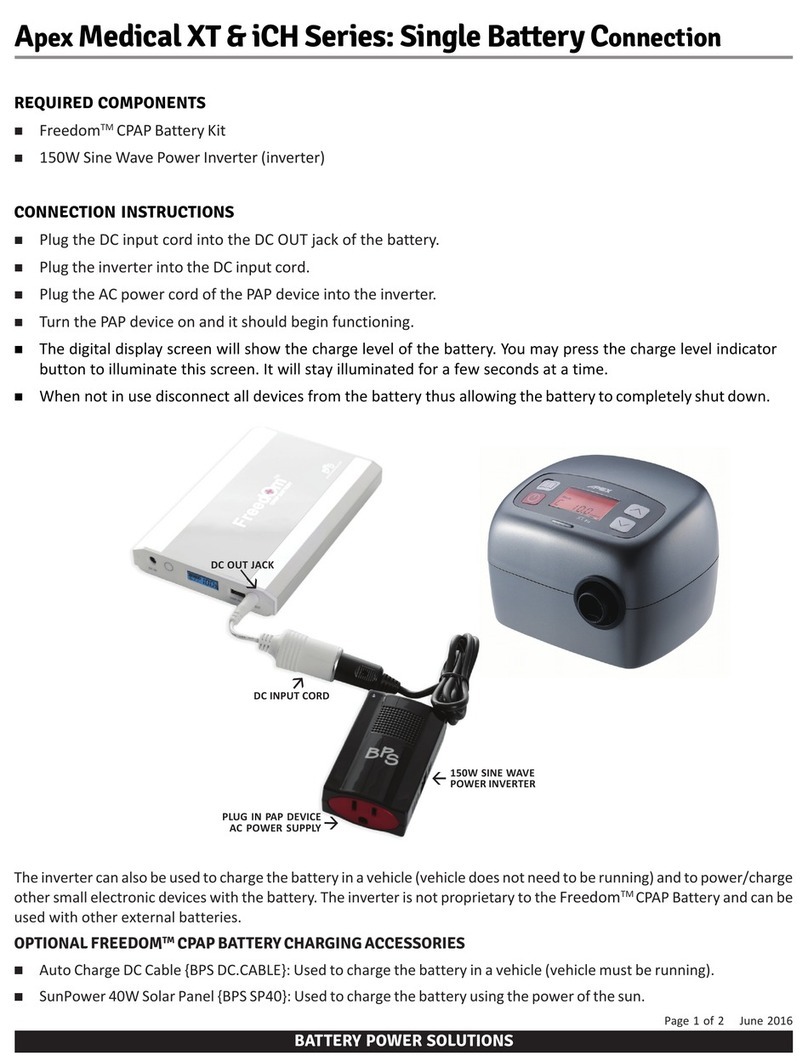7. Problem shooting and maintenance
7.1 Dysfunction and resolution
Low battery-Please replace the battery Switch On failure-
Check the power of battery.
Check the placement of battery.
Return to manufacturer for calibration.
7.2 Cleaning
Surface cleanings is by using a soft cloth dampened with either a
commercial, non-abrasive cleaner or a solution of 70% isopropyl
alcohol in water, and lightly wiping the surfaces of the oximeter.
Please switch off pulse oximeter before cleaning.
Clean the LED and photo-sensor with moist cloth or cotton ball
and alcohol gently.
The aforementioned general cleaning process is not for
infection prevention. Please contact the specialist for the
process of contagious infection.
7.3 Disposal
Used batteries should not be disposed of in the household rubbish.
Batteries should be deposited at a collection point for used
batteries.
At the end of its life, the appliance should not be disposed of in
household rubbish. Enquire about the options for environment-
friendly and appropriate disposal. Take into account local
regulations.
7.4 Electromagnetic interference
Caution: This device has been tested and found to comply with the
limits for medical devices to the IEC 60601-1-2 and MDD
93/42/EEC. These limits are designed to provide reasonable
































